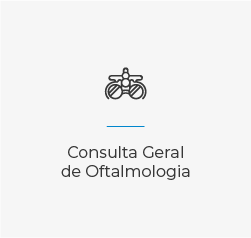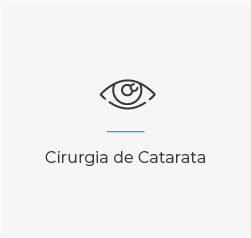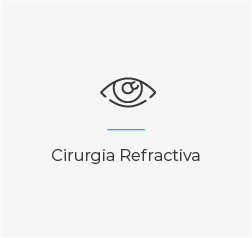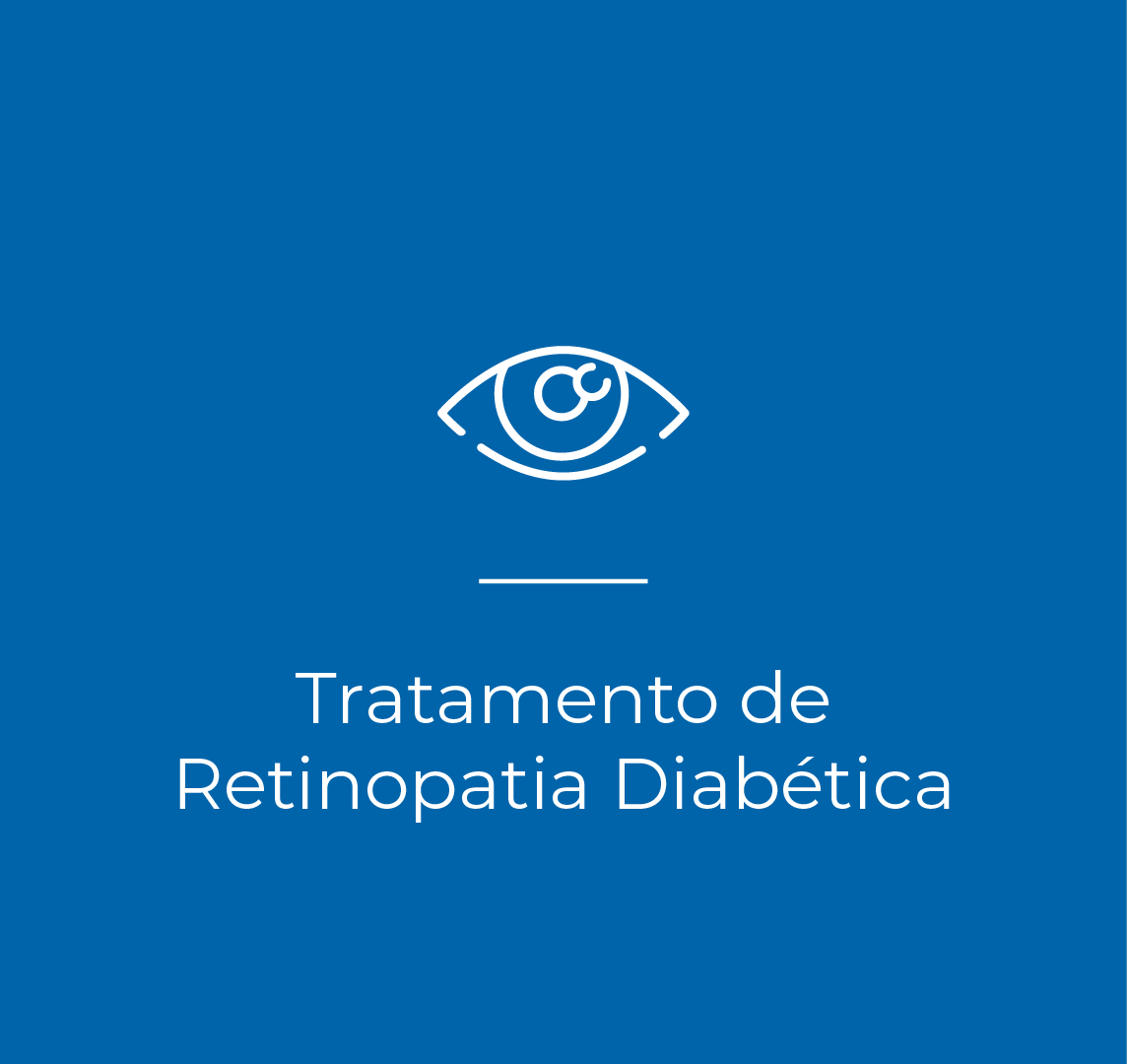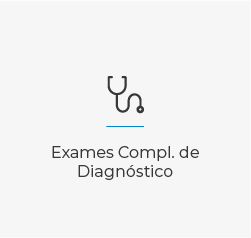Treatment of Diabetic Retinopathy
Diabetic Retinopathy (DR) is an ocular complication of Type 1 and Type 2 Diabetes Mellitus. This complication may develop several years after the onset of diabetes. It is one of the leading causes of blindness in adults of productive age (20-70 years).
If you have diabetes, this means that your body is not using and storing sugar properly. High blood sugar levels can cause damage to the blood vessels of the retina - the nerve layer at the back of the eye that perceives light and helps send images to the brain. This damage to the retinal vessels and the retina is called Diabetic Retinopathy.
An eye examination by an ophthalmologist is the only way to find out about the changes inside your eyes. If your ophthalmologist finds diabetic retinopathy, they may ask for colour photographs of the retina or a test called fluorescein angiography to find out if you need treatment. In this test, a dye is injected and pictures are taken of your eye to detect where fluid is leaking out.
The best treatment for diabetic retinopathy is to prevent its development as much as possible. Tightly controlling the blood sugar level will significantly reduce the long-term risk of vision loss from diabetic retinopathy. If kidney problems and high blood pressure are found, these need to be treated.
Treatment is carried out according to the stage of the disease. This can be done through laser sessions or intraocular injections of anti-angiogenic drugs.
- Laser surgery:
Laser surgery is often indicated for people with macular oedema, PDR and neovascular glaucoma.
For macular oedema, the laser treats the injured retina near the macula to decrease the passage of fluid. The main aim of the treatment is to prevent further loss of vision. People suffering from dull vision caused by macular oedema do not usually regain normal vision, although some may get partial improvement. After treatment, some people can see the laser spots near the centre of their vision. Over time the dots usually become faint, however they may not disappear. New treatments for macular oedema, particularly intravitreal injections of anti-angiogenics, are very promising and increase the possibility of recovering the vision lost due to macular oedema.
For PDR, the laser treats all parts of the retina except the macula. This treatment with retinal photocoagulation, carried out in several sessions, makes the new abnormal vessels shrink, and often prevents them from growing in the future. It also reduces the possibility of a haemorrhage of the vitreous or distortion of the retina.
- Vitrectomy:
In cases of advanced PDR, the ophthalmologist may indicate a vitrectomy, a microsurgical procedure performed in the operating theatre.
CONTACTS
COIMBRA
Espaço Médico de Coimbra
Rua Câmara Pestana, n.º 35-37
3030-163 Coimbra, Portugal
Phone: +351 239 484 348 /Telm: +351 966 320 022
Fax: +351 239 481 487
E-mail: emc@oftalmologia.co.pt
AVEIRO
Rufino Silva - Clínica Oftalmológica
Av. Lourenço Peixinho, Nº 177-179, 2º andar
3800 - 167 - Aveiro
Tel: +351 234 382 847
Mobile: +351 918 644 767
E-mail: aveiro@oftalmologia.co.pt
FORM
COIMBRA
Espaço Médico de Coimbra
Rua Câmara Pestana, n.º 35-37
3030-163 Coimbra, Portugal
Phone: +351 239 484 348 /Telm: +351 966 320 022
Fax: +351 239 481 487
E-mail: emc@oftalmologia.co.pt
AVEIRO
Rufino Silva - Clínica Oftalmológica
Av. Lourenço Peixinho, Nº 177-179, 2º andar
3800 - 167 - Aveiro
Phone: +351 234 382 847
Mobile: +351 918 644 767
E-mail: aveiro@oftalmologia.co.pt
COIMBRA
Espaço Médico de Coimbra
Rua Câmara Pestana, n.º 35-37
3030-163 Coimbra, Portugal
Phone: +351 239 484 348 /Telm: +351 966 320 022
Fax: +351 239 481 487
E-mail: emc@oftalmologia.co.pt
AVEIRO
Rufino Silva - Clínica Oftalmológica
Av. Lourenço Peixinho, Nº 177-179, 2º andar
3800 - 167 - Aveiro
Phone: +351 234 382 847
Mobile: +351 918 644 767
E-mail: aveiro@oftalmologia.co.pt
